
Large lipoma in a dog YouTube
Typically dogs do not show any discomfort or irritation from a lipoma unless the lipoma is located in an area that hinders movement or normal bodily functions. There are certain breeds that are more prone to developing lipomas, including the Labrador Retriever, Beagle, Doberman Pinscher, Miniature Schnauzer, American Cocker Spaniel, Weimaraner.
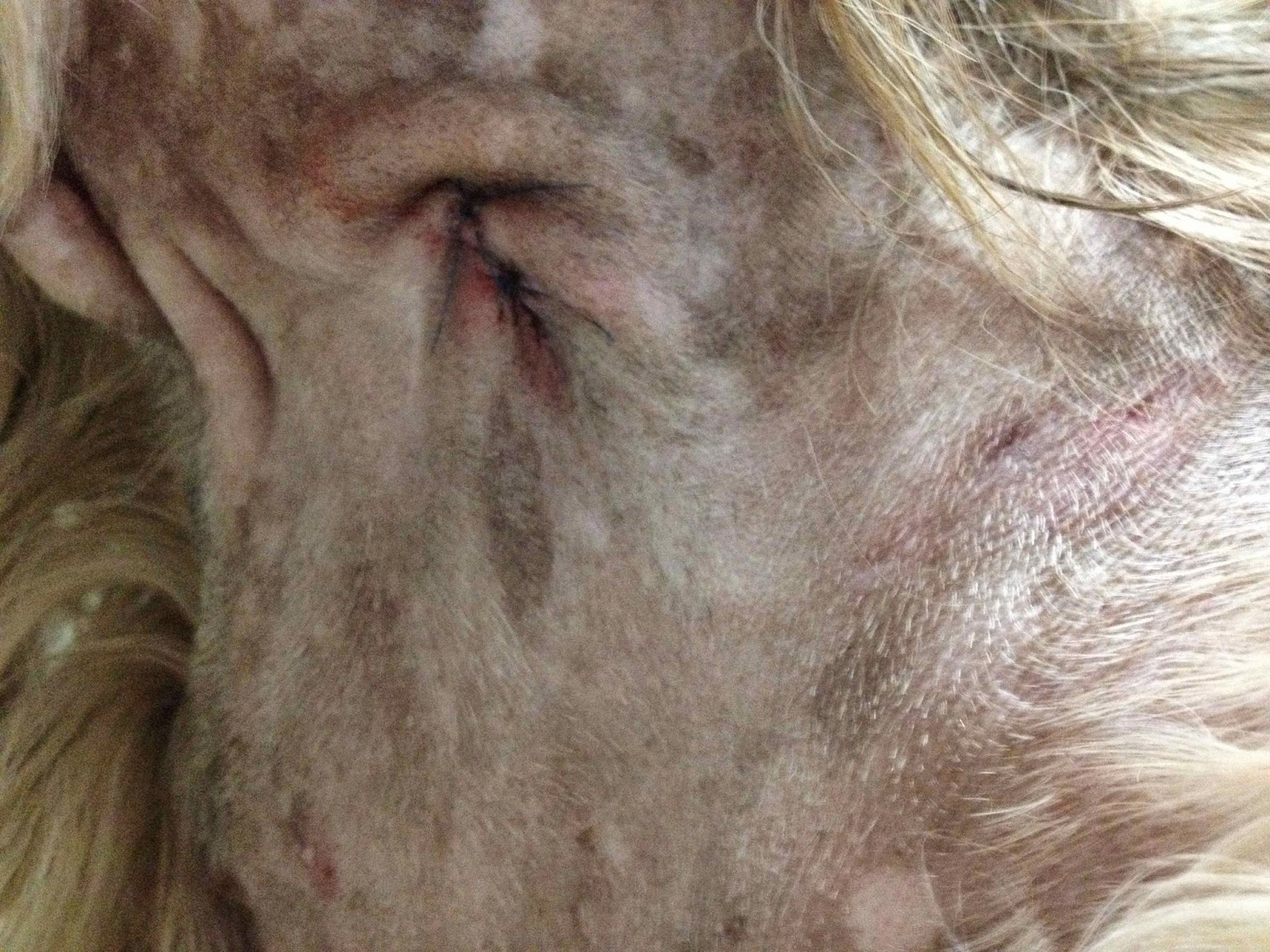
My dog those darned lipomas scare us
A lipoma is a very common, usually benign, mass most often located under a dog's skin. It is made up exclusively of fat cells. Lipomas can occur at any age, though they are more common in middle-aged to older dogs. Aging dogs may develop many lipomas over the course of their lifetime. These tumors are usually benign, or non-cancerous, and.
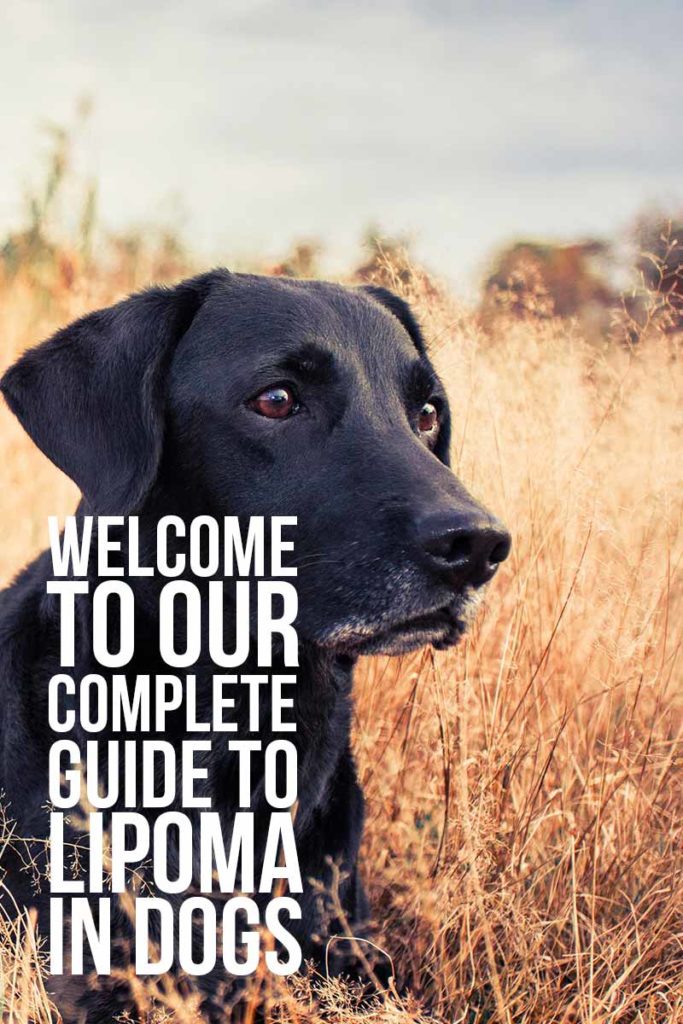
Lipoma in Dogs Fatty Tissue Tumors And What They Mean For Your Pet
Clinical Symptoms of Lipomas in Dogs. Soft, often slightly moveable, nonpainful lump under the skin. If the lipoma is in the chest, you may notice your dog breathing faster, shallow, or coughing. Lipomas on the spleen are rare, but they can grow and rupture the splenic capsule leading to internal bleeding. If this occurs, you may notice pale.
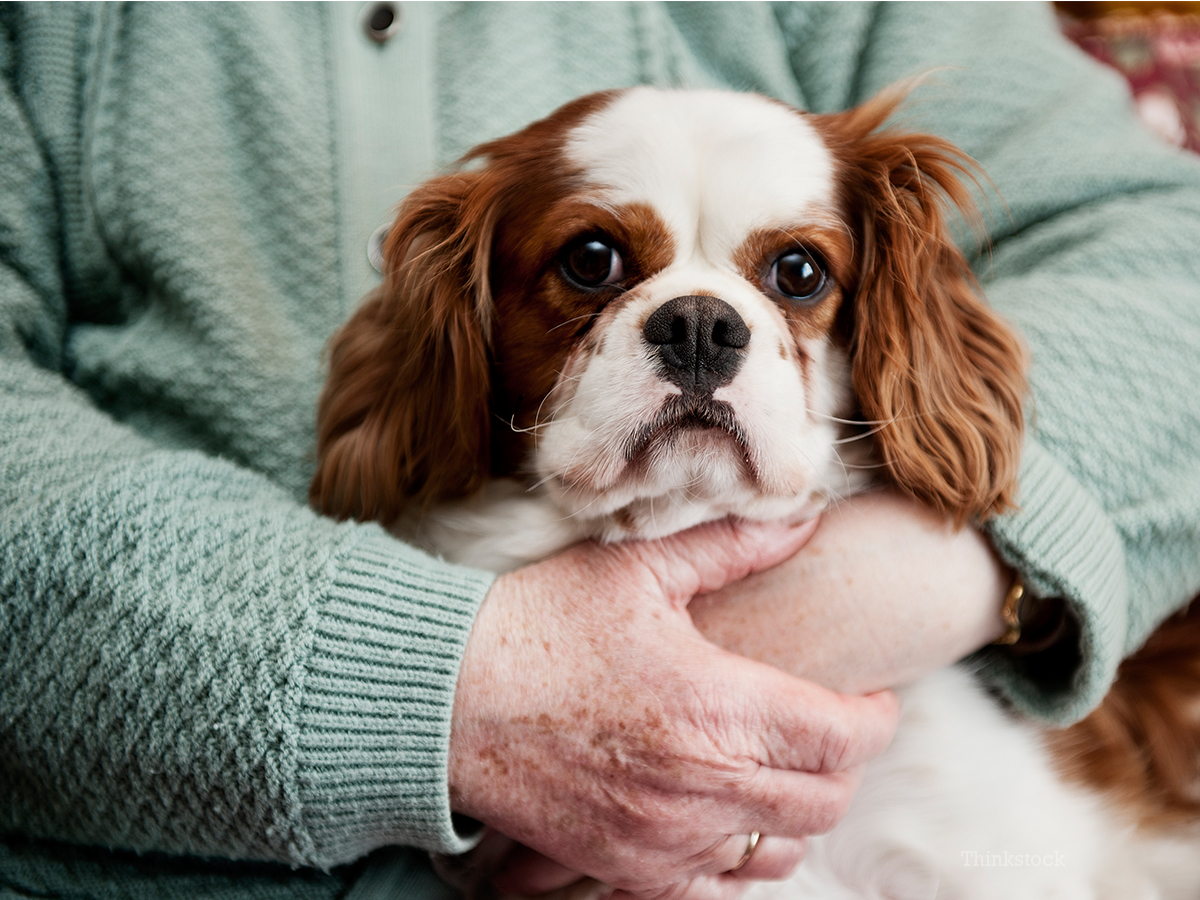
Canine Lipomas Noncancerous Tumors
Recovery and Management of Dog Lipomas. If you and your veterinarian opt for a conservative approach of monitoring your dog's lipoma versus surgical removal, pay careful attention to monitoring the size and growth rate of the lipoma. Record the size at least every six months and document it with photos and measurements.

Extirpación quirúrgica de lipomas gigantes en perros Veterinarian Center
Though benign, lipomas can cause health issues for dogs, depending on their location on the body. If it is formed in the axillary (underarm) or inguinal (groin) area, it may inhibit the dog's movement. Lipomas located near the penis, anus, or vulva can interfere with the dog's ability to urinate and defecate. Almost all lipomas are located.

Ralston! Our dog has recently had a large lipoma removed from his neck
One type of lump is called a lipoma. Lipomas are tumors made of fat cells. They form when fat cells build up at a faster rate in a particular area. Their size depends on how many fat cells the tumor stores. If a dog is overweight, lipomas are likely to be bigger. They should shrink if the dog loses weight. Lipomas are usually benign, meaning.

Lipomas in Dogs An Unconventional Approach Dr. Magda
Lipomas. These fatty tumors appear as soft, round lumps of flesh beneath the skin. They're made up entirely of fat cells and are always benign, or non-cancerous. Lipomas are usually found in.

Before/After Pic My pug just had a massive lipoma (benign) removed
A dog lipoma is a common soft tissue tumor that grows in fat cells. The fatty tumors are often movable, not painful to the touch, and can be unattached to the surrounding tissues (muscle underneath or skin above). If attached, it is known as an infiltrative dog lipoma. The most common site for lipomas is the subcutaneous fat right under a dog.

Dog Fatty Tumors How to Tell and Treat Lipomas At Home YouTube
A lipoma is a benign tumor made up of fat cells that is common in middle-aged or older dogs. It is typically soft and movable, and should not cause pain or discomfort. But if it is large or located in an area where it interferes with movement, it may need to be removed surgically. Of all the benign growths your pup might develop as they age.

Lipoma in Dogs A GoodRx Guide to Canine Lipoma GoodRx
Fatty lumps, like the one on this dog, can grow extremely large. Lipomas are harmless lumps that start in fat cells stored in tissue around the body and are not usually painful. They accumulate more fat as they grow and are more likely in middle-aged to elderly dogs. The size the lump will grow to depends on how much fat the lipoma stores, but.

This picture was taken of a Lipoma (tumor) before and after removal by
Lipomas are given two major classifications non-infiltrative and infiltrative. Noninfiltrative lipomas are also known as simple lipomas. They are located beneath the skin and are quite easy to remove. Infiltrative lipomas in dogs on the other hand tend to grow into adjacent tissues. They invade fascia and muscle tissue to a greater degree than.

My Dog Has A Lump Lipoma In Dogs
A lipoma is a common type of benign skin tumor found in dogs . It is identified by the collection of fat cells on the outside or inside the dog's body. Lipomas usually grow on the pet's abdomen.
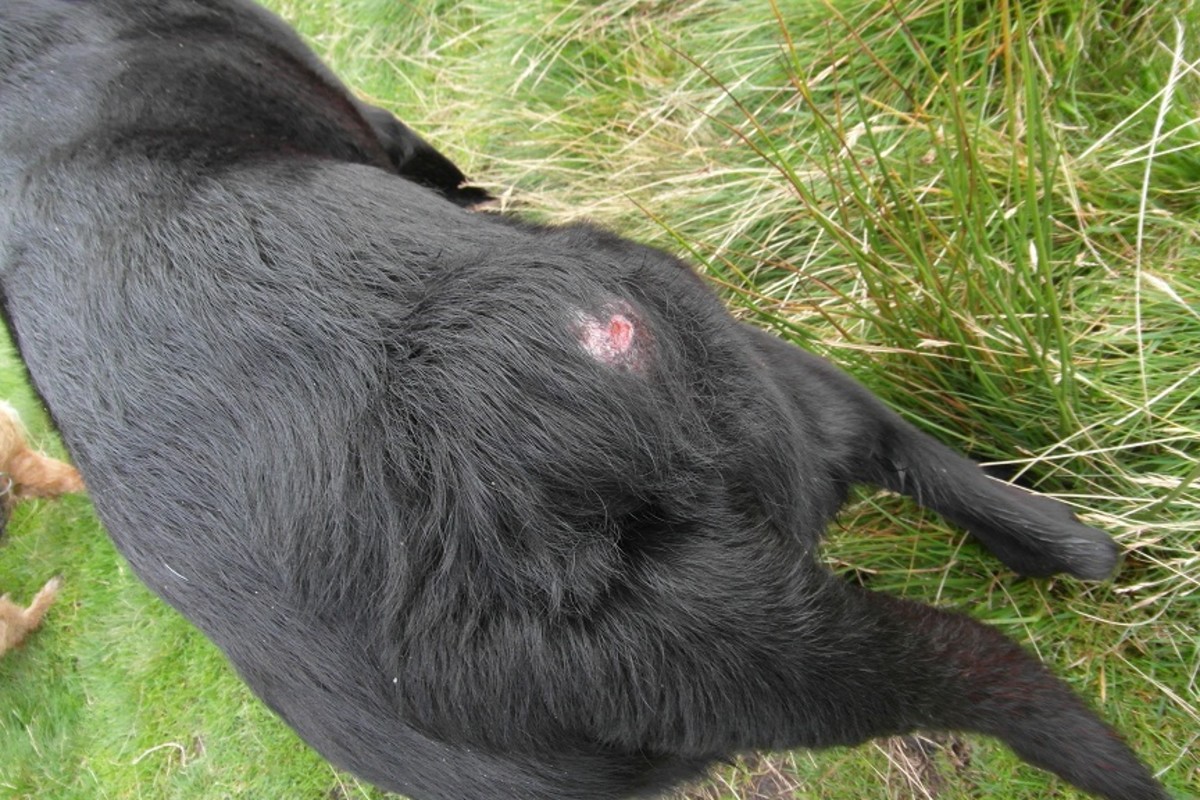
Lipomas in Dogs HubPages
The tours are commonly found on the chest, abdomen, legs, hand limbs and neck. Here are some common symptoms of lipomas in dogs: #1. Lump. One of the first signs. - small, soft lumps under the dog's skin, - usually found in areas such as the chest, shoulders, neck, and near the ribs. - lumps may range in size and can feel soft or spongy.

How To cure Lipoma In Dogs petswithlove.us
Generally, lipomas are slowly growing masses that are found underneath the skin. The mass can either be found in the subcutaneous space between the skin and muscle, or sometimes even within the muscle. Rarely a lipoma can be found within the skin or dermis. Infrequently lipomas can be found within the chest or abdomen.
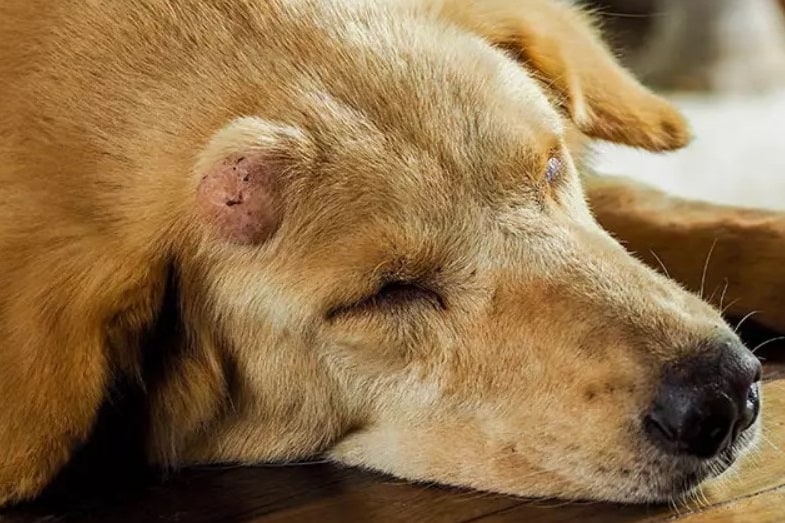
Dog Lipoma, Fatty Tumors, and Cysts (With Pictures) Skin Care Geeks
Oftentimes they are hereditary, although several breeds are prone to them. Sometimes they can be caused by physical trauma. Below, are some common causes of lipomas. 1. Poor Diet. It is thought that carbohydrates, preservatives, and toxins found in processed dog food can contribute to fatty tumors. 2.
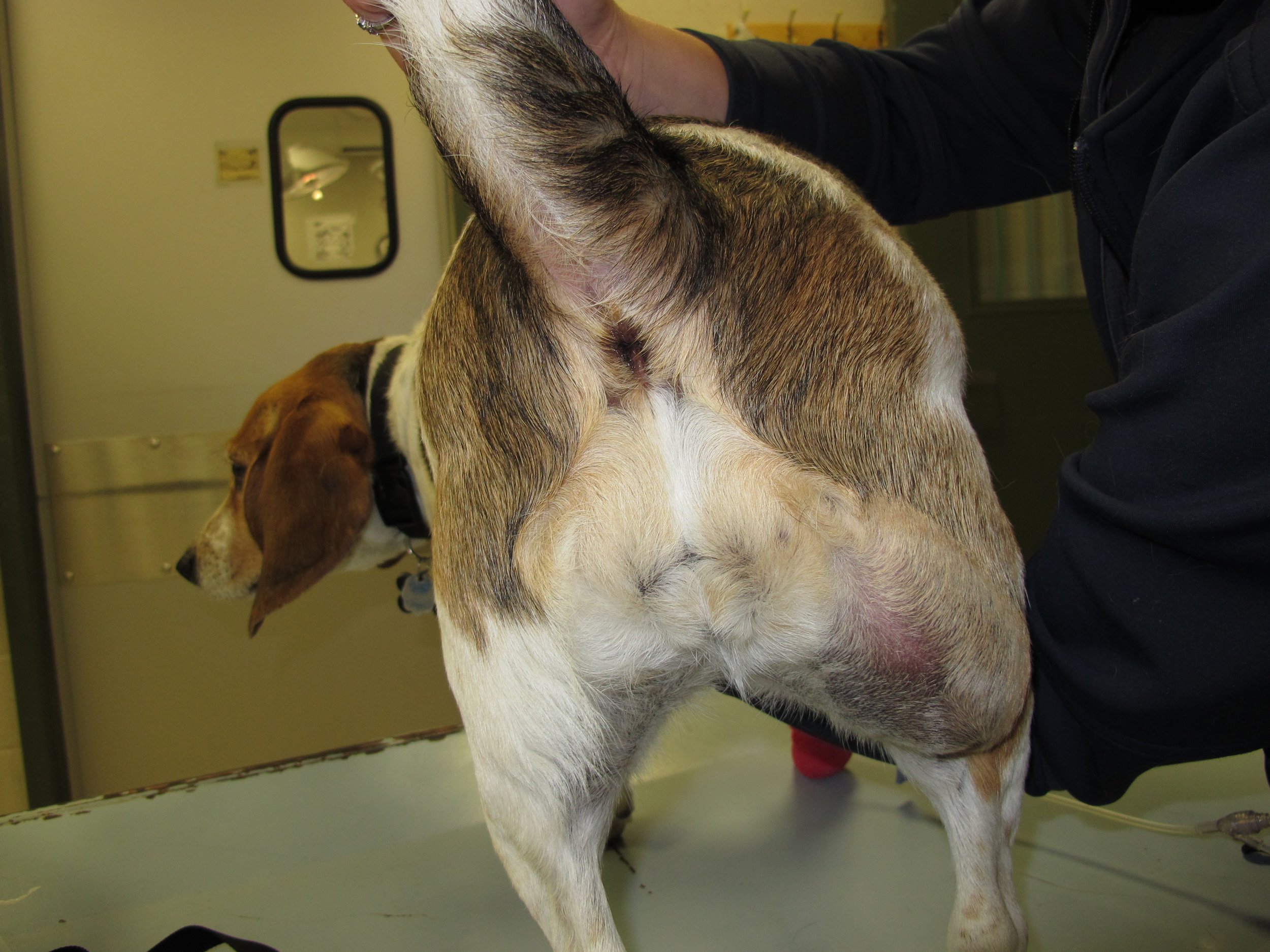
Skin Tumors Lipoma — DR. JULIUS LIPTAK
A lipoma is a common benign (i.e. non-cancerous) tumor of adipocytes, which are fat cells. Lipomas usually have well-defined boundaries and typically do not invade the underlying tissue. They are located commonly in dogs just below the skin of the trunk and limbs of the dog's body. However, in some cases, a dog may have a lipoma in the chest.